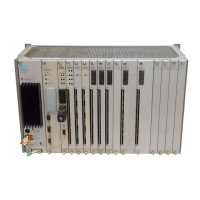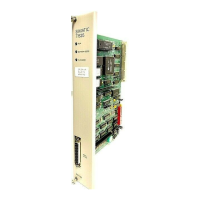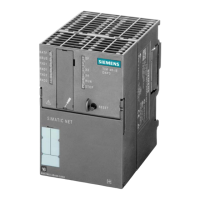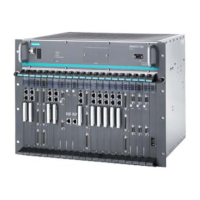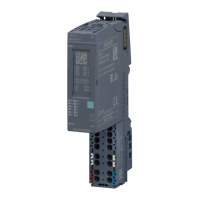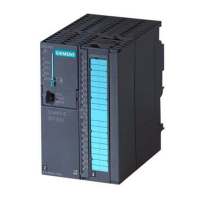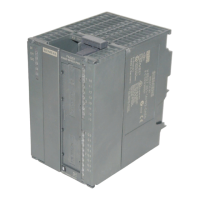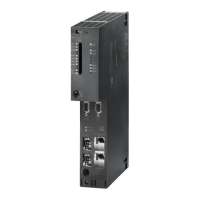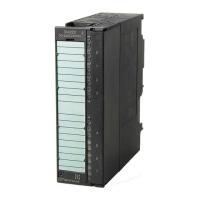Network Installation
2-5
TIWAY I Gateway User Manual
The
TIW
A
Y I network cable consists of a main cable or spine with droplines
or taps for each secondary
. The maximum main line cable length, cable type,
tap length, tap spacing, number of secondaries, and maximum baud rates
are interrelated network variables and have a direct influence upon
network performance.
Figure 2-2 shows the relationship of cable distance to the number of
secondaries for different baud rates for two types of twisted-pair cable. The
cable distance (in thousands of feet) is shown vertically; the maximum
number of units that may be attached is shown horizontally
.
30
25
20
15
10
8
5
4
3
2
1
6
7
10 50 100 250
Cable
Unit Loading (Number of Stations)
19.2
kbps
38.4 kbps
57.6 kbps
1
15.2 kbps
1
15.2 kbps or lower
Belden 9860
Belden 9271
Cable Distance (1000’s of feet)
205
I000000
Figure 2-2 Number
of Local Line Secondaries vs. Cable Distance
As shown in Figure 2-2, when you use Belden 9860 cable (or its equivalent),
up to 75 stations can be attached to a network operating at 38.4 kbps and
having a spine length of 20,000 feet. At 1
15.2 kbps, the maximum length of
a Local Line network having 248 stations is 10,000 feet.
TIWA
Y I Network
Characteristics

